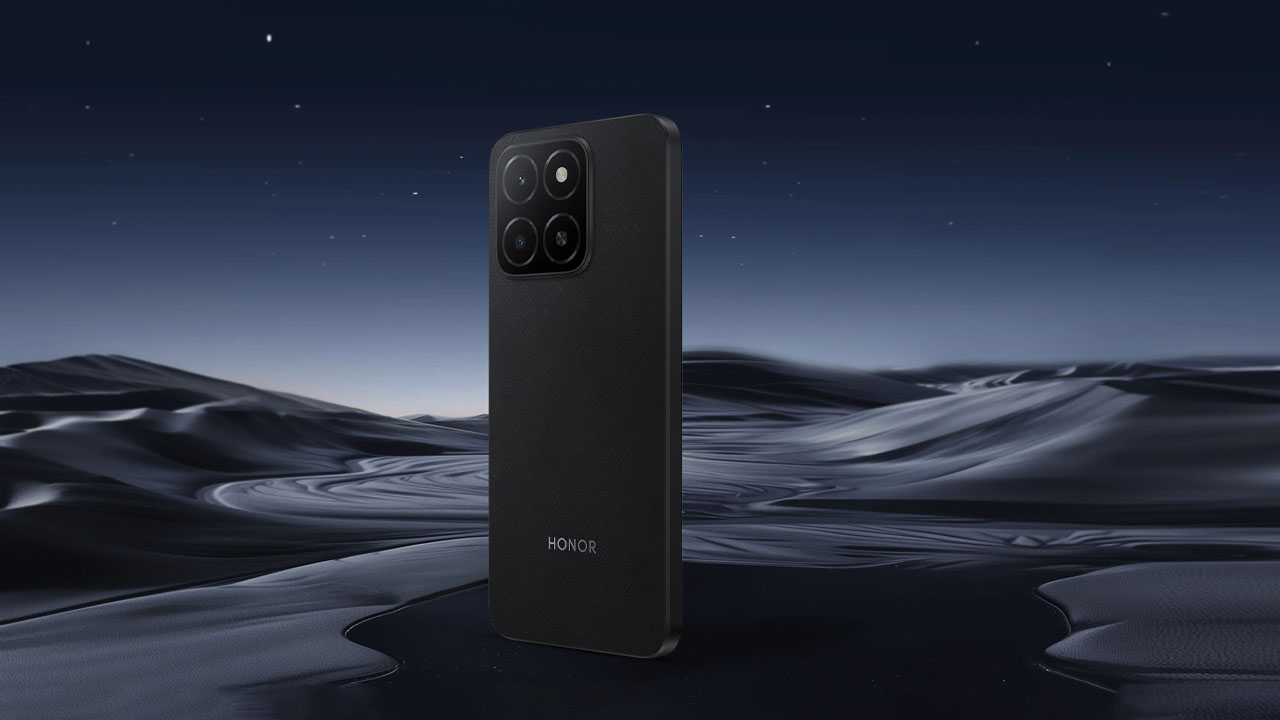
Positioned as a “lifestyle pickup truck”, the Shark 6 is out to break the usual stereotypes associated with pickup trucks.
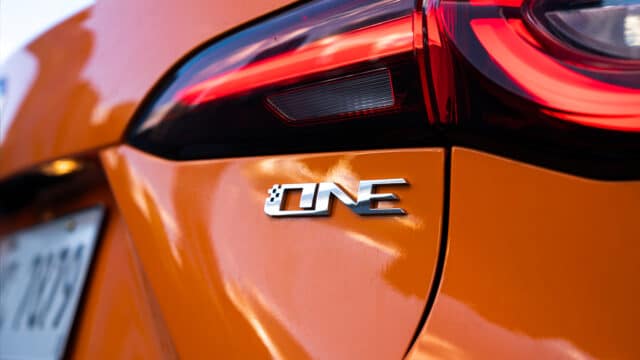
The 2024 MG One brings a tech-forward experience to the compact SUV segment

Given its target market, power users, gamers, and tech enthusiasts, the iQOO 13 strikes a great balance.
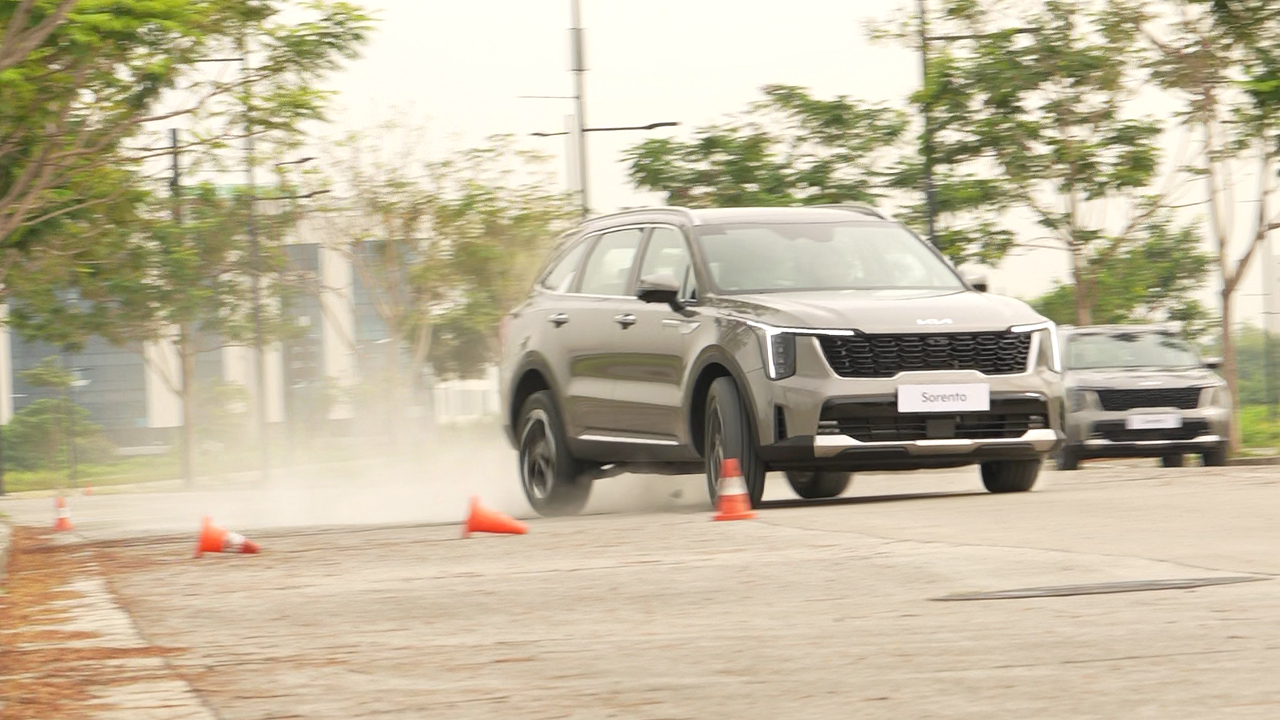
For this year’s lineup, all of the Sorento’s variants will be electrified with three models to choose from.

If you're wondering how to order from Amazon in the Philippines and whether you need a credit card for Amazon purchases, this guide will walk you through all the essentials

BMW is swapping its tires for rubber shoes on the asphalt.

Now in its second year, the L’Oréal DBA program continues to provide holistic training in beauty and digital

Chupa Chups brought the fun to even greater heights to celebrate the Lolliday 2024

The exclusive Marvel collection features gaming chairs inspired by the distinctive red and yellow designs of Deadpool and Wolverine.

Best Editor nominee Kurt Claridades recalls his favorite films for the 2024 Metro Manila Film Festival

The instax WIDE Evo will be available in Japan starting February 6, 2025, with a global rollout expected later in...

Spot it and get a chance to win an HONOR X9c

As of now, pricing details for the OPPO Reno13 Series 5G in the Philippines remain under wraps
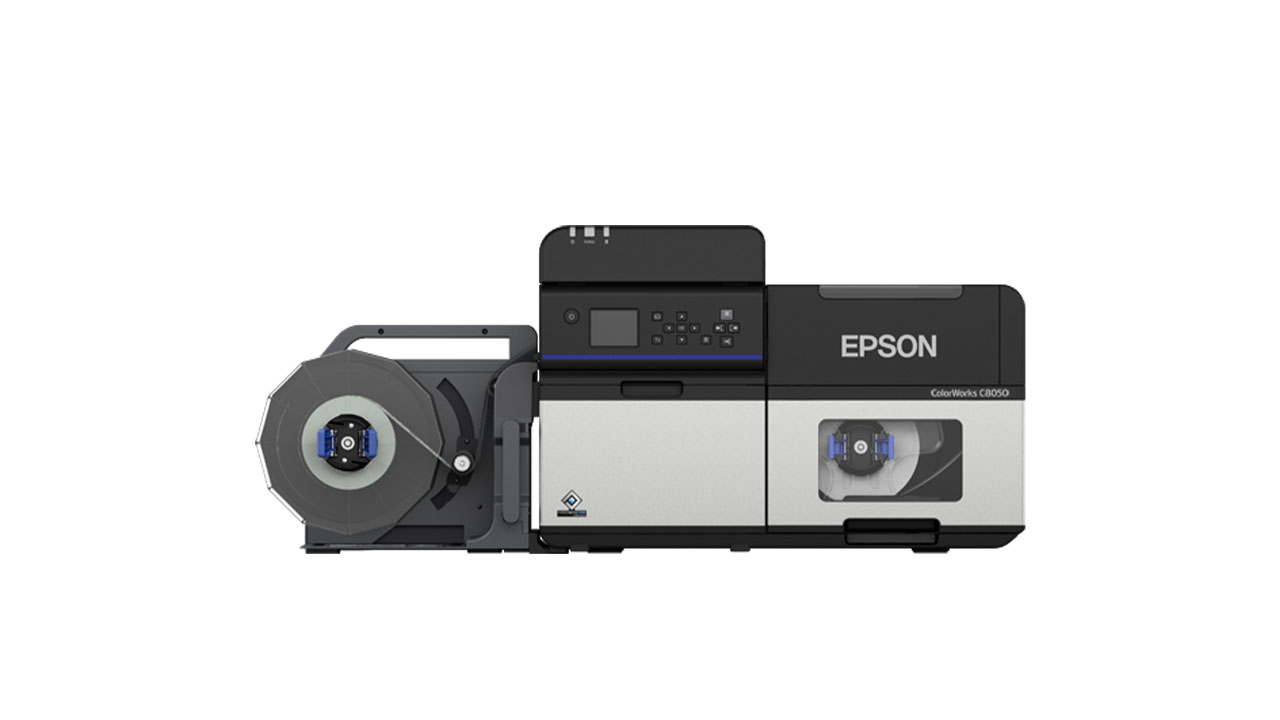
Epson has launched the ColorWorks CW-C8050, a new on-demand color label printer designed to meet the high-volume printing needs
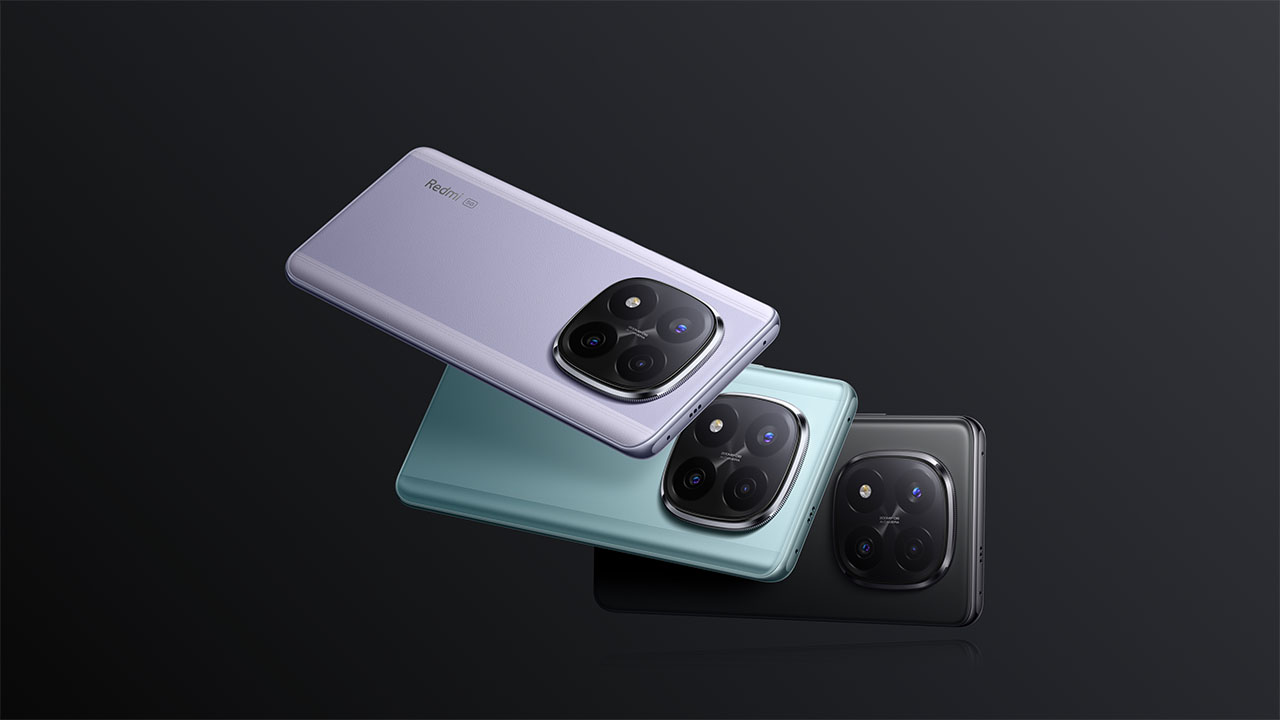
The Redmi Note 14 Series is now available in the Philippines, featuring the Redmi Note 14, Redmi Note 14 Pro+,...

. The OPPO Find X8 Series now also holds the top spot for battery performance, earning the prestigious DXOMARK Gold...
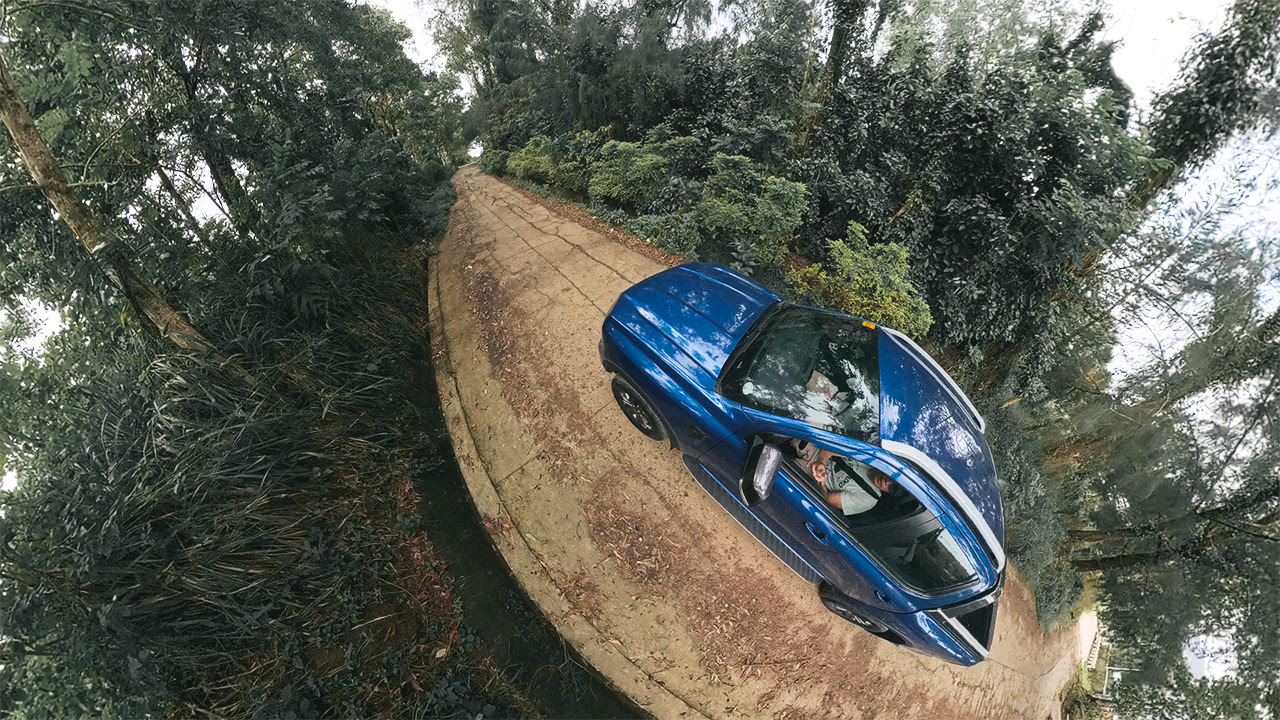
With the Ford Ranger Wildtrak, being as versatile and easy to drive as it is, was a perfect companion for...

KaraPod creates drinking water by pulling and filtering moisture from the air.

